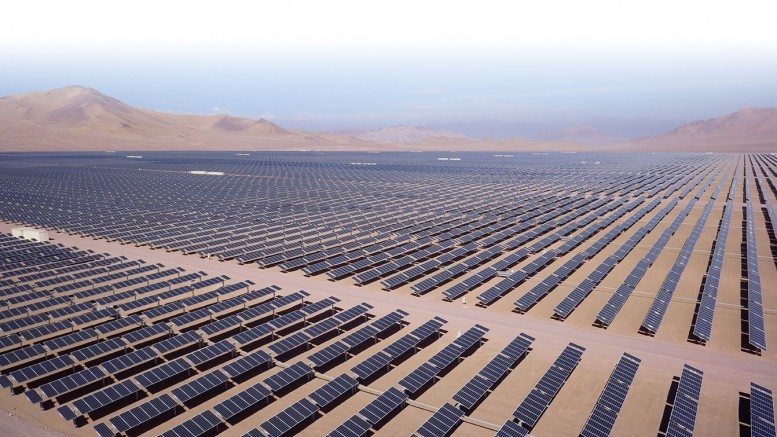Solar is a scam. It never makes money on electricity it sells. All the money made is subsidies. It is explained very simply in one paragraph.
Is SunPower the Next Horrific Solar Bankruptcy or Just Misunderstood? -- The Motley Fool
The more recent challenge solar companies have run into is a continual need of financing that eventually breaks down. This happens to companies that build and own solar systems. I call it the house-of-cards effect. It's what did in SunEdison and is currently haunting SolarCity (NASDAQ:SCTY).

Image source: SunPower.
This house-of-cards effect develops because a solar company builds solar projects and then wants to hold them on the balance sheet -- or, in SunEdison's case, in a yieldco -- long term to extract maximum value. You build a project; sell tax benefits, state or federal incentives, and future cash flows to investors; and pocket the profit that's left over. Hypothetically, a company could lather, rinse, and repeat in perpetuity.
Problems with this model erupt only when investors lose confidence in your business for some reason, making it more costly to borrow money for the next project. If borrowing costs go up enough, projects are built at a loss and that causes investor confidence to fall further -- the downward cycle has begun.
I highlighted this house-of-cards phenomenon in SunEdison over a year ago, and SolarCity is starting to show some similar signs of stress as its cost of capital rises. The canary in the coalmine is rising interest costs on a business in continual need of debt.
Is SunPower the Next Horrific Solar Bankruptcy or Just Misunderstood? -- The Motley Fool
The more recent challenge solar companies have run into is a continual need of financing that eventually breaks down. This happens to companies that build and own solar systems. I call it the house-of-cards effect. It's what did in SunEdison and is currently haunting SolarCity (NASDAQ:SCTY).

Image source: SunPower.
This house-of-cards effect develops because a solar company builds solar projects and then wants to hold them on the balance sheet -- or, in SunEdison's case, in a yieldco -- long term to extract maximum value. You build a project; sell tax benefits, state or federal incentives, and future cash flows to investors; and pocket the profit that's left over. Hypothetically, a company could lather, rinse, and repeat in perpetuity.
Problems with this model erupt only when investors lose confidence in your business for some reason, making it more costly to borrow money for the next project. If borrowing costs go up enough, projects are built at a loss and that causes investor confidence to fall further -- the downward cycle has begun.
I highlighted this house-of-cards phenomenon in SunEdison over a year ago, and SolarCity is starting to show some similar signs of stress as its cost of capital rises. The canary in the coalmine is rising interest costs on a business in continual need of debt.


